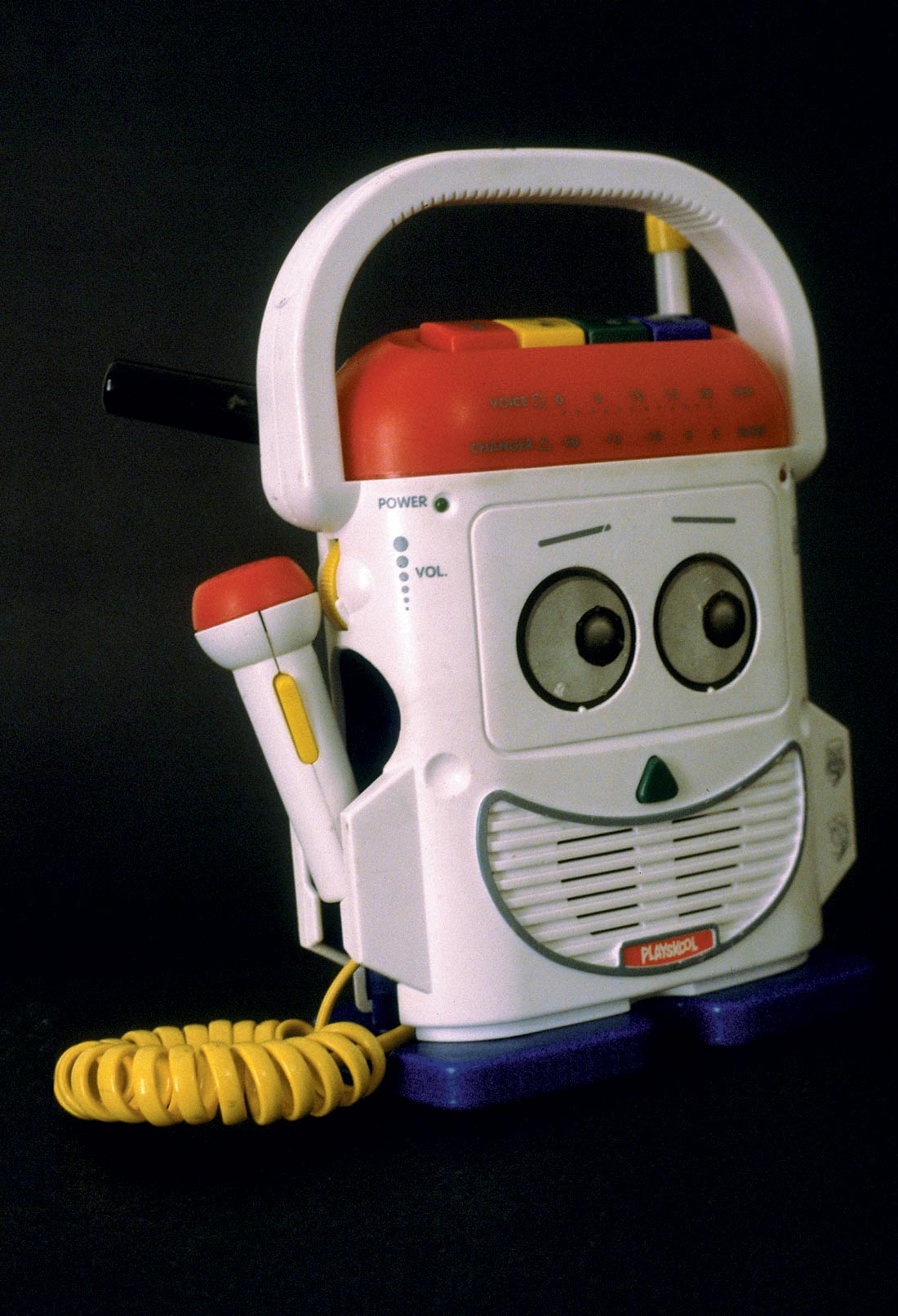Before I jump into a review of these courses, allow me to tell you little bit about myself. I've been home recording for about 13 years or so, first with a 4-track and an Shure 57, now with an 8-track, a couple of pieces of outboard gear, and a few more mics - nothing too fancy. In the meantime my band has recorded 3 albums, a variety of EPs and singles, and I've done some work as a sideman. Along the way I've tried to pick up as much as I can about the process of recording via a lot of listening, watching, and questioning followed by going home and trying out variations. In short, a DIY approach to home recording. Thankfully, the people I have worked with have been very helpful and gracious, and have not chided me too hard when I've asked a particularly stupid question. My recordings have gotten significantly better though they are not yet where I want them to be (the perfect bass sound continues to elude me). One of the main things I've learned through all this is how much I don't know. The tech-talk, the language of engineers, words like amp, ohm, buss and impedance have been used constantly, and I had only a vague (and often incorrect) idea to what they were referring. This is changing. Enter the ArtistPRO recording courses. I took these over a period of about a week, during which I was also doing some demos in both my studio and a 'real' 24- track one. It should be noted that as I work almost exclusively with analog media I avoided the sections entitled "Digital Recording" and "Hard Disc Recording". This is a really cool course. Here is why.
1) It is free.
2) Everything is explained and defined clearly. Techniques, jargon, everything. Every time I had a question I found it was answered in the next page or two. Very nicely laid out, and very easy to read.
3) There are a lot of sound samples. Some are a bit obvious, but others are great. I will probably never have the time or patience (or equipment) to track the same drum take with 5 mics, then check them out for sonic differences. Nor will I ever take the time to make my own compression, reverb, delay, or EQ comparison samples, but all of these are included, well recorded and clearly explained. Also, none of the sound examples (or any other part of the course) is in any way preachy - there are no "to get a good drum sound you must do this". Instead, there are just a variety of examples of different sounds and an explanation of how they were achieved.
4) It is free.
5) It is split into easy-to-digest sections with a review-type quiz at the end of each. While I found many of the questions to be glaringly obvious, it did provide a nice kind of checklist to make sure I grasped the main points. I can't imagine that any pro will gain much from these (though the rest of the site is chock full of reviews and interviews), but for anyone in the rank beginner-to- mildly experienced range it is invaluable. Finally, let me state that this course is much like a road map: It can tell you how to get somewhere but it's not the same as getting in the car and driving down the road. The real value of this course, of any course really, is applying it in a real situation. (www.artistpro.com)




_disp_horizontal_bw.jpg)